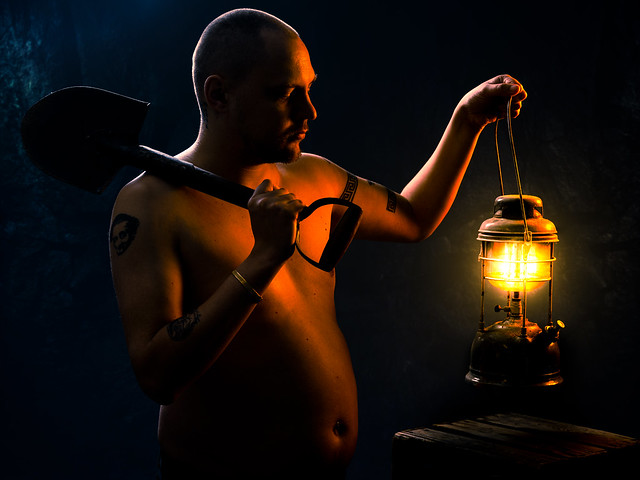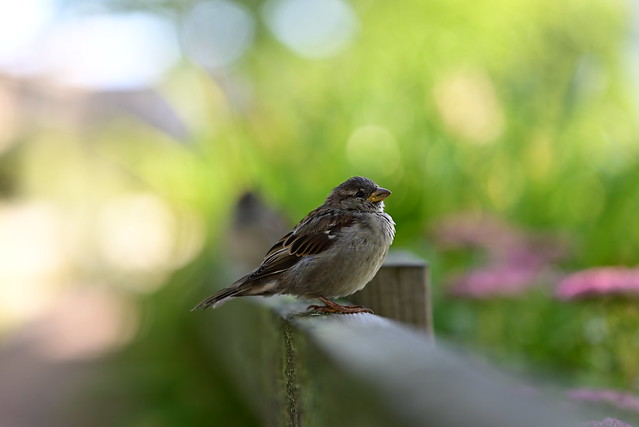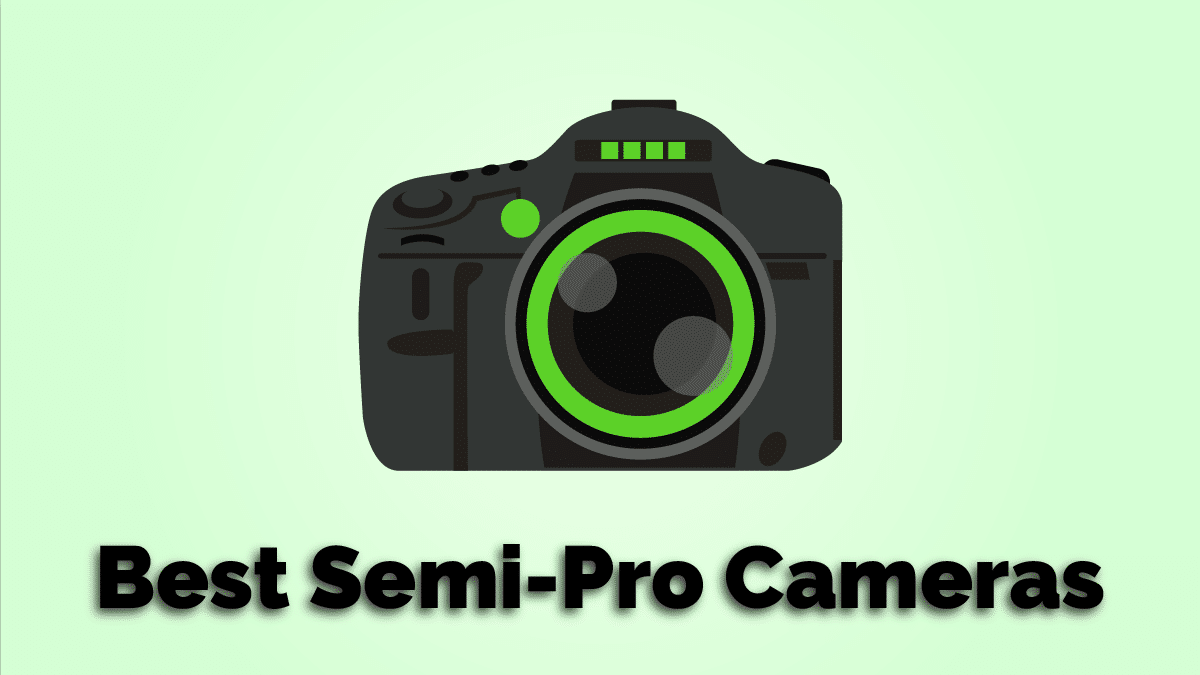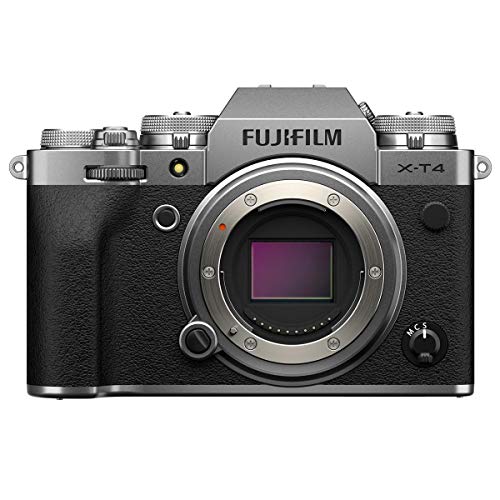Last updated on December 10th, 2023
Serious photographers require serious cameras — capable of handling different situations with minimal change of settings and delivering exceptional image quality without costing as much as a used car.
This is where the semi-professional camera category comes in — providing the best possible features at the lowest possible price. These intermediate-level bodies will suit all your needs, whether you are an enthusiast looking to take your photography forward or a professional who wants a reliable backup camera.
Professional photographers also use semi-pro cameras. It all depends on the requirements. Some professional photographers even use entry-level camera kits for their commercial work.
All the semi-pro cameras on this list are jack of all trades, and you won’t go wrong with any of these. But one thing to consider is the available lenses for a specific camera body. Take a look at our lens buying guide for more information.
Pin for Later

Best Semi-Pro Cameras
1. Sony a7C II
Released in 2023, The Sony a7C II is one of the best semi-professional cameras for several reasons.
It offers exceptional image quality with its full-frame sensor and impressive 33-megapixel resolution. This allows photographers to capture highly detailed, sharp images with excellent dynamic range.
The a7C II boasts advanced autofocus capabilities, making it ideal for capturing fast-paced action or subjects in motion. Its reliable Eye AF and Real-time Tracking features ensure accurate focus on subjects, even in challenging shooting conditions.
Furthermore, the camera’s compact and lightweight design makes it highly portable, making it a preferred choice for travel photographers. Despite its small size, the a7C II doesn’t compromise on performance and functionality, offering a range of professional-grade features.
Additionally, the camera’s ergonomics and user-friendly interface make it easy to operate, even for beginners. It has a tilting LCD screen and a high-resolution electronic viewfinder, providing photographers with versatile shooting options.
The a7C II is compatible with a wide range of Sigma and Tamron lenses, plus the highly acclaimed Sony E-mount lenses. This enables photographers to explore different perspectives and achieve various creative effects.
2. Canon EOS R8
The 24.2MP Full-Frame CMOS sensor at the heart of the EOS R8 delivers outstanding detail and rich colors in every shot. Whether you’re capturing sweeping landscapes or detailed portraits, the images produced by this camera are nothing short of stunning.
The sensor’s high ISO performance ensures excellent low-light capabilities, allowing you to capture stunning images regardless of lighting conditions.
The R8’s autofocus system is another standout feature. It uses Dual Pixel CMOS AF II, providing both speed and accuracy, ensuring sharp, clear images even in challenging conditions.
Whether you’re tracking fast-moving subjects or capturing the perfect moment in a bustling street, the EOS R8’s autofocus system delivers.
For videographers, the EOS R8 supports high-quality 4K60p 10-bit internal video recording, making it an excellent tool for content creators. Its high-resolution video capabilities ensure your footage is crisp and clear, beneficial for those creating content for platforms like YouTube.
Despite its robust features, the EOS R8 boasts an ergonomic design that makes it comfortable for extended periods. It’s compact and lightweight, making it an ideal companion for photographers on the go.
The solid build quality ensures the camera can withstand regular use. Moreover, the multi-function shoe adds versatility, while the Wi-Fi and Bluetooth functionalities enhance connectivity options and ease of use.
Practically speaking, the EOS R8 offers impressive battery life. This is particularly useful for those long days of shooting when you don’t want to worry about running out of power.
Given its high-end features, the Canon EOS R8 offers excellent value for money. It balances affordability and professional-grade performance, making it an accessible choice for semi-professional photographers.
Compared to cameras within the same price range, the EOS R8 stands out for its superior image quality, autofocus system, and user-friendly interface. While other cameras might offer similar specs, the R8’s overall performance and ease of use give it an edge.
The Canon EOS R8 is best suited for semi-professional photographers who require high-quality image output, advanced features, and a user-friendly interface without breaking the bank. It’s also an excellent option for content creators looking for a camera that supports high-quality video recording.
3. Sony Alpha a7R IV
Built around a 61.2MP full-frame sensor, in-body stabilization, and a powerful AF system, the Sony a7R IV mirrorless is designed for semi-pros and professionals.
It offers a shooting speed of 10 fps and a high-resolution mode, which combines still photos to give a 240MP image. This makes the a7R IV an excellent choice for landscape, wedding, and portrait photographers, especially given the compact size and rugged body. You can pair it with the inexpensive 50mm f/1.8 or the versatile 16-35mm G Master lens to create a portable travel kit.
The strength of this camera is its AF system — 567 points with real-time tracking. You won’t have to do much to set it up exactly the way you want it to behave, as the camera automatically switches from subject tracking to eye detection.
For video, the a7R IV offers 4K, along with handy tools like peaking, zebra warnings, and log profiles.
While the price tag is quite steep, the Sony a7R IV will be a camera that doesn’t require you to upgrade as long as you can navigate its complex menus. Class-leading AF and dynamic range in a stabilized body is a combination that’s hard to beat.
Pros
- 61.2 MP full-frame sensor gives excellent image quality
- Internal image stabilization
- Quick and reliable autofocus
- Various lens combos available on Amazon
Cons
- Menu system is complicated and comes with a learning curve
- Quite expensive
4. Canon EOS R6
Aimed primarily at enthusiast videographers and vloggers, the Canon EOS R6 is a user-friendly, all-rounder package. Although it doesn’t feel as compact like the Sony Alpha cameras, the body is highly ergonomic and weather-sealed.
The 20MP full-frame sensor is certainly not extraordinary but delivers beautiful colors and skin tones. The dynamic range is excellent too, and the slightly higher noise levels will be apparent only when comparing it side-by-side with Nikon or Sony cameras. Surprisingly, the shooting speed with a mechanical shutter is a quick 12 fps.
What makes the EOS R6 stand out is its image stabilization and a newer version of Dual Pixel AF (AI Servo, AI Focus, One-Shot). The 100% coverage with AI-trained subject tracking and face detection performs quite well, making the camera almost as easy to use as a smartphone.
Content creation is easy with 4K up to 60 fps, 10-bit 4:2:2 recording, and log profile. Mic and headphone ports are also included. For video creation, studio work, and weddings, the R6 is a serious choice.
- Pros
- Comfortable grip and ergonomic body
- Image stabilization
- Dual Pixel AF works very well
- 12 fps shooting speed
- Cons
- Noise may be seen when boosting shadows
- Viewfinder AF is not always accurate
- Lower resolution than usual
5. Nikon Z7 II
An update of Nikon’s flagship mirrorless full-frame Z7, the Z7 II brings a few valuable upgrades that make it a full-featured action and landscape camera.
The 45.7MP sensor is powered by dual Expeed 6 processors, giving you a speed of 10 fps with continuous AF and a buffer deep enough to capture almost 100 photos before slowing down.
The 24-70mm kit lens is also adequate for travel photography, but you may have to upgrade it to make proper use of those 45 megapixels. But the overall lower cost of the kit compared with models like the Sony a7R IV makes this a bargain.

The addition of the in-body image stabilization, native ISO of 64, and dual SD card slots add to its strength as a wildlife camera. The 493-point hybrid AF is great for stills, although serious videographers might want to switch to Dual Pixel or Sony’s real-time tracking. The touchscreen LCD and well-placed dials make the camera enjoyable to use, but unfortunately, the LCD doesn’t fully articulate for vlogging.
As is usual with Nikon cameras, the dynamic range and colors are excellent. You can get 4K video at 60p with a negligible crop, and 10-bit N-Log or HLG footage with an external recorder. Mic and headphone jacks are included, but the video quality is a touch less detailed than its peers.
If you’re mainly a still photographer and your videos are limited to family vacations and birthdays, the Z7 II will surpass your expectations.
Pros
- Compact and highly ergonomic
- Dynamic range and low-light performance is excellent
- Image stabilization included
- A deep buffer for burst shooting
Cons
- Video quality is not the best when compared to other semi-pro bodies
- AF tracking can sometimes miss the target
6. Fujifilm X-T4
The first APS-C camera on this list, the Fujifilm X-T4, is the company’s high-end mirrorless offering without a ridiculous price tag. This camera is fun to use and perfect for street and travel photography with stylish retro looks and lots of manual dials in a weather-sealed body.
Even the 18-55mm lens that the camera comes with is optically better than most kit lenses, and there’s an option to buy the set with a battery grip.

Housing a 26MP sensor with image stabilization up to 6.5 stops and a 425-point AF system, the X-T4 deserves to be Fuji’s flagship. The fully articulating screen and reliable face and eye detection make it great for vlogging, especially given how Fuji film simulations give the best skin tones. However, complex subject tracking is still one area where it lags behind the Nikon and Sony cameras.
Representing one of the best photo-video combinations, the X-T4 has robust specs for video too. There’s 4K/60p video, focus peaking, zebra warnings, punch-in zoom while recording, and 10-bit footage recorded internally. Even with a smaller sensor, the X-T4 is worth every penny.
Pros
- Lots of dials and customizable buttons
- Excellent image and video quality, along with features like peaking and internal 10-bit video
- Image stabilization
Cons
- AF subject tracking is not always reliable
7. Sony a7 III
One of the most affordable full-frame cameras, the Sony a7 III is also one of the most capable, despite being a 2018 model labeled a ‘beginner’ body.
The 24MP full-frame sensor, in-body image stabilization, and an AF system borrowed from the Sony a9 sports camera make the specs impressive. While the buttons and dials are not as responsive as a Fuji or Canon, you will get used to it with some practice.

The 693-point autofocus system covers the entire frame, and with Sony’s eye detection and subject tracking, there will be few scenarios the camera cannot handle with ease.
Its dynamic range and low-light performance also match premium cameras like the Nikon D750. The AF joystick, dual card slots, and a larger battery are also welcome changes.
Video output from the a7 III is class-leading and better than the similarly priced Fujifilm X-T4. The 4K video at 24p and 30p is actually a 6K video from the entire sensor, converted into 4K by the camera. There’s also native 1080/120p video, focus peaking, zebra warning, and headphone and mic ports.
All in all, the Sony a7 III is a cheaper version of the a7R IV and will work for all kinds of photography.
Pros
- Excellent AF system
- Reasonably priced full-frame sensor with stabilization
- Great image and video quality
Cons
- Not very ergonomic
- Complex menus which require some practice to navigate
- No external battery charger, only USB charging allowed
8. Nikon Z5
The younger brother of the flagship Z7, the Nikon Z5 is a comparatively inexpensive full-frame camera that can be used like a point-and-shoot.
The 24MP full-frame sensor is not the BSI version found in the Z6 and Z7 but still delivers an excellent dynamic range. Combine this with a high-quality EVF, weather-sealed body, dual card slots, and in-body image stabilization — and you get a perfectly usable landscape kit.

The 273 phase-detect AF points are more than enough, and the surprise inclusion of an AF joystick is a boon. While the face and eye detect works well and subject tracking is also much better than expected at this price, the shooting speed of 4.5 fps is one downside. On the other hand, the buffer is almost 100 frames deep when shooting JPEGs.
On the video side, the Nikon Z5 has a few shortcomings. The 4K/30p video comes with a heavy x1.7 crop, and you will get a significant rolling shutter. Although the video AF is decent, and you get 3.5mm headphone and mic ports, the overall quality is not groundbreaking.
If you want a stills-oriented camera that gives fantastic photos, the Nikon Z5 offers the most value for money.
Pros
- Weather sealed and stabilized body with a comfortable grip
- Full-frame 24MP sensor without the price tag
- Excellent image quality
Cons
- Video quality is below par
- 4K video is heavily cropped
9. Panasonic Lumix DC-S1
Panasonic has always been famous for its cinema cameras, and the DC-S1 continues that legacy. Being the first camera approved by Netflix for 4K video, this model is perfect for videographers and content creators.
With a 24.2 MP full-frame sensor, extensive weather sealing, and image stabilization, the DC-S1 also features 4K video with a host of extra features.
The oversampled 4K/30p without any recording limit and 4K/60p with x1.5 crop are excellent. You also get HLG footage, AF joystick, articulating touchscreen, dual card slots, mic and headphone ports, and slow-motion 1080p video up to 180 fps. If you pay extra for a software upgrade, you can add 10-bit V-Log in 4:2:2 and waveform display.

One of the highlights of this camera is its 5.76M dot OLED electronic viewfinder. This makes it a great stills-oriented camera, especially since its dynamic range and 9 fps burst come close to its full-frame peers.
Although the camera is not very portable (6.4lbs), and contrast-detect AF sometimes hunts for focus, the Panasonic DC-21 is the most capable video camera you can get at this price for semi-pros.
Pros
Beautiful video quality in 4K and 1080p
Lots of extra features designed specifically for videography
Image stabilization
Highly rugged body and ergonomic design
Cons
AF can sometimes misfocus during video
Not portable (6.4lbs body)
10. Canon EOS 6D Mark II
A younger sibling of the 5D, the 6D Mark II is a well-rounded DSLR semi-pro camera designed for enthusiasts. A 26MPfull-frame sensor and a 45-point AF system with Dual Pixel for Live View represent a decent package, although it feels outdated compared to modern mirrorless cameras.
The 24-105mm lens that the camera comes with is versatile enough for all kinds of use, and since it’s stabilized, it will make up for the lack of in-body stabilization.

While the dynamic range and Canon colors are excellent, the lack of 4K video and a shooting speed of only 6 fps hold the camera back. But because of the affordable price and a weather-sealed body with a bright optical viewfinder, the 6D Mark II makes for an enjoyable DSLR experience.
Pros
- Beautiful colors and pleasing skin tones
- Good low-light performance
- Ergonomic and weather-sealed body
Cons
- Outdated AF system
- No image stabilization or 4K video
Conclusion
Nowadays, the stiff competition has made it challenging to choose one camera over another. From professional bodies like the Sony a7C II and Sony a7R IV to affordable semi-pro ones like the Nikon Z5 and Fujifilm X-T4, there is a perfect camera out there for everyone.
It is easy to get intimidated by the technical details and numbers. But you must keep in mind your personal requirements. Rather than having a long list of features that you won’t use, the right camera will have the tools to shoot what you want.
Liya Kravchenkin is an experienced portrait photographer. She has worked with clients worldwide and has even traveled to more than 50 countries. Liya loves photography because it allows her to capture a moment that can never be repeated. Liya also enjoys traveling, learning about new cultures, and seeing the world’s unique natural wonders. Her favorite travel memories are from swimming with dolphins in the Galapagos and eating cheesecake in New York City.











